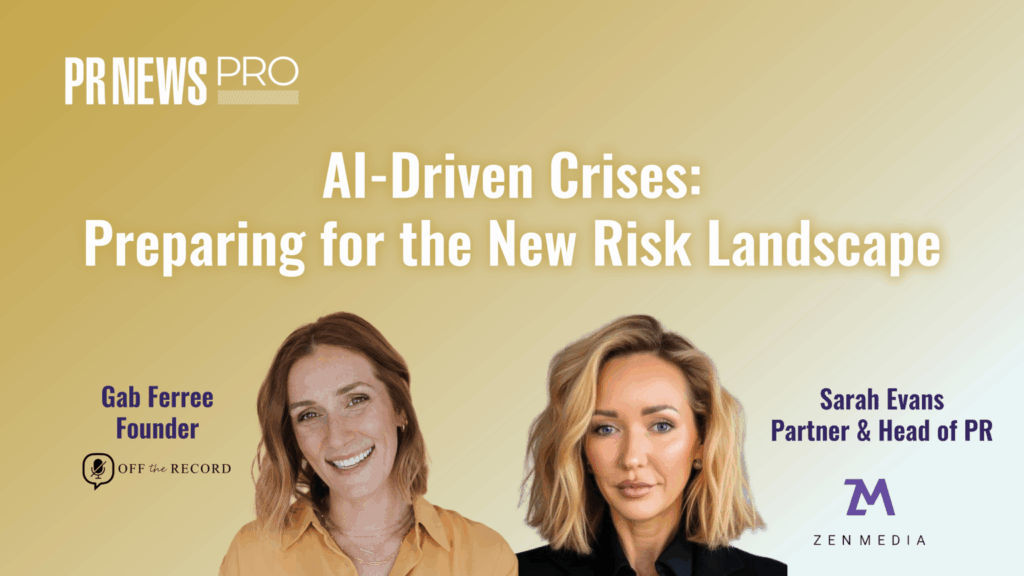A sea change is occurring in one of your most critical marketing channels, and you may not even know it. That old workhorse of direct response advertising –email – is experiencing the most significant overhaul since its inception, with the arrival of Gmail’s new tabbed inbox.
In roll-out mode since May, and now the default setting across most, if not all of its users’ email accounts, the new Gmail inbox routes all marketing emails to a separate tab labeled “Promotions.” Users have to actively click on the tab in order to see email in the Promotions tab, otherwise, they’ll just see their “Primary” inbox, which only contains one-to-one, interpersonal emails, and critical commercial emails like bank balance and flight information notifications.
As one of the world’s most popular email services with over half a billion users, the changes at Gmail will be far-reaching, and even more so if other services like Yahoo! Mail and Outlook.com follow Gmail’s lead. While it is still too early to tell what the long-term impact of Gmail’s new inbox will be on email marketing campaigns, at least one early study from MailChimp has already found a small but clearly discernable decline in Gmail email open rates.
While some pundits are hyperbolically predicting the death of email marketing, you could see the Gmail changes as a natural evolution of the consumer email inbox – an adaptation, not a destructive event – and one that should serve as a clarion call to email marketers to evolve their practices and tactics in order to create much more timely, relevant and personalized email experiences for their consumers.
What Will Change?
The new tabbed inbox brings two key changes to email advertising: First, the inbox as an advertising channel will become more like television. Just like the DVR transformed television advertising by giving consumers total control over when they will watch a marketer’s television spots, the new tabbed inbox will give them ultimate control over when they will view a marketer’s email promotions.
This means that marketers will have to deliver more interesting and creative email campaigns that actually compel their customers to actively seek them out, and that marketers will no longer be able to count on interrupting consumers’ regularly scheduled email programming in order to achieve results. This isn’t a bad thing, but it will challenge email marketers to think more like Don Draper, and less like drones pushing out week after week of undifferentiated supermarket circulars.
The second impact of being routed to the “Promotions” tab will be its effect on time. Specifically, it will disrupt regular emailing schedules, and the ability of marketers to predict when exactly recipients will open their email messages.
Before Gmail’s tabs, marketers could reliably assume that most of their recipients would view their email within an hour or so of being sent. But now, with the new tabs, hours, days, and even weeks may go by between when an email is sent, and when it is opened.
Marketers will need to adapt to new consumer email browsing behavior by delivering agile, adaptive email content that effectively addresses the passing of time. “One Day Only” sales that expire by the time a recipient opens the email will create a negative user experience. The same applies to showcasing inventory in email that may no longer be available. Swapping out promotions for expired or no-longer-available inventory with alternative offers will ensure positive email experiences and increase the likelihood of making sales.
Email’s New Beginning
Gmail didn’t kill email marketing, but it is forcing email marketing – and email marketers – to evolve. The old mode of “batch and blast” email campaigns will disappear beneath the sands of time, followed by segmented emails, predictive emails, and the like.
Gmail’s changes will reinvent email as an agile marketing channel, with content personalized to each recipient regardless of when, where, or which devices they are using to interact with it. It will make email a channel that is relevant in realtime, and there to deliver value and engaging brand interactions to consumers whenever they see fit.
Vivek Sharma is CEO of Movable Ink.



